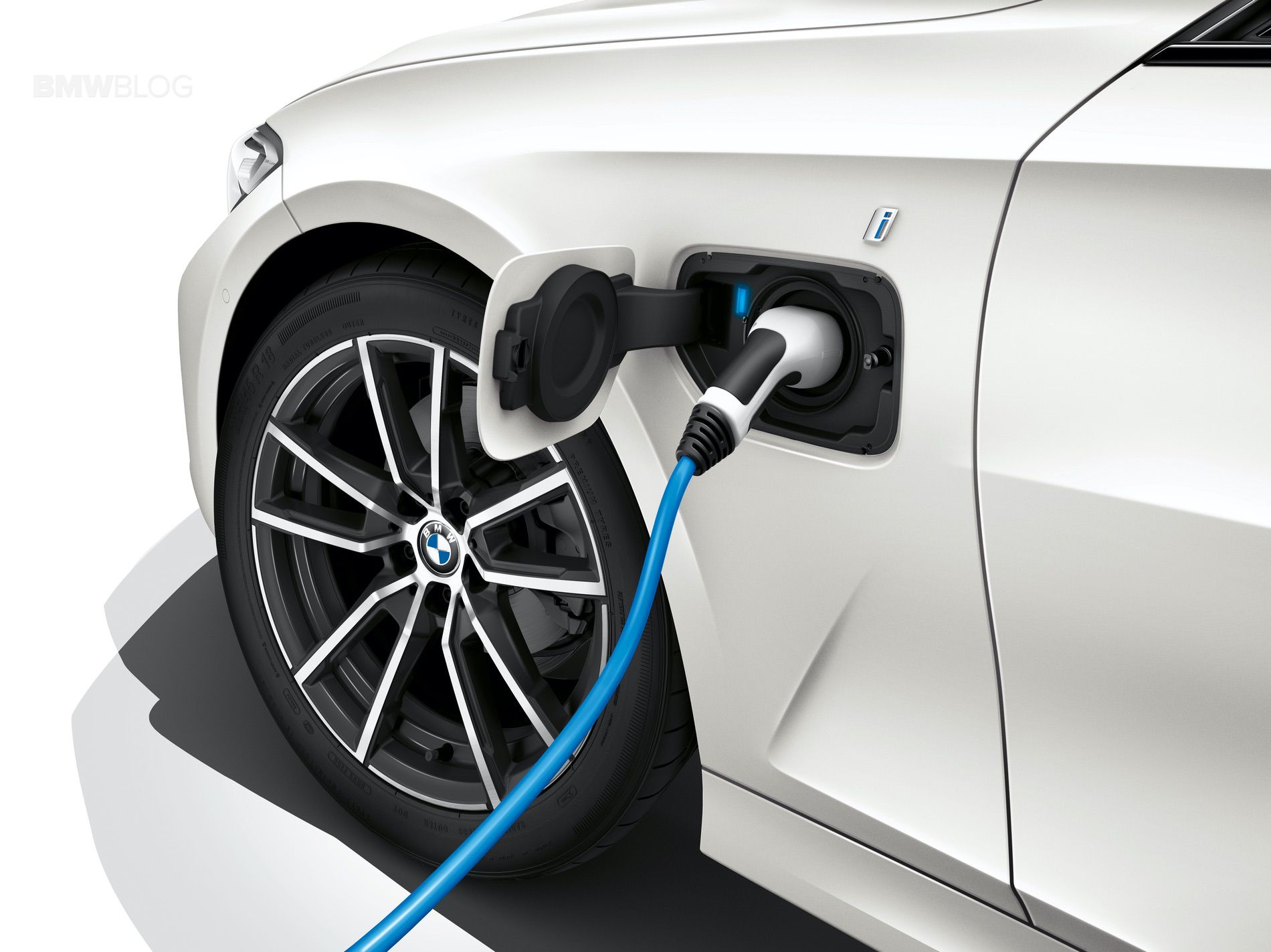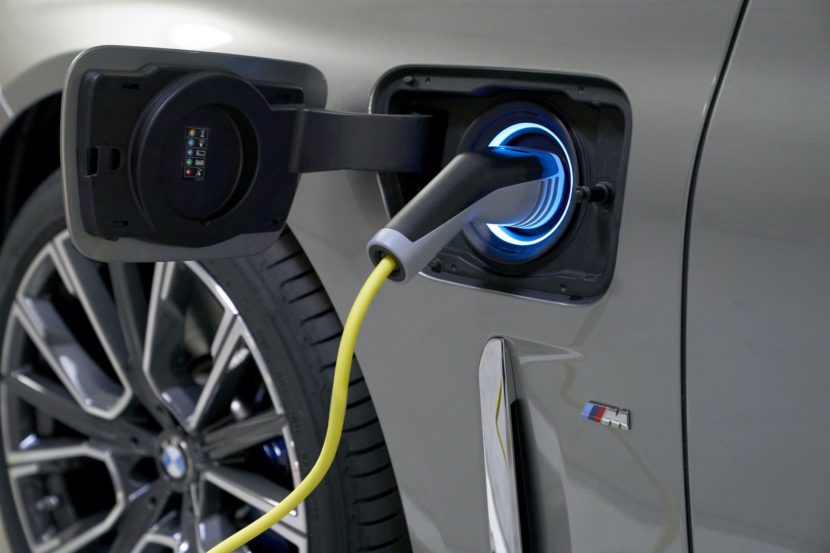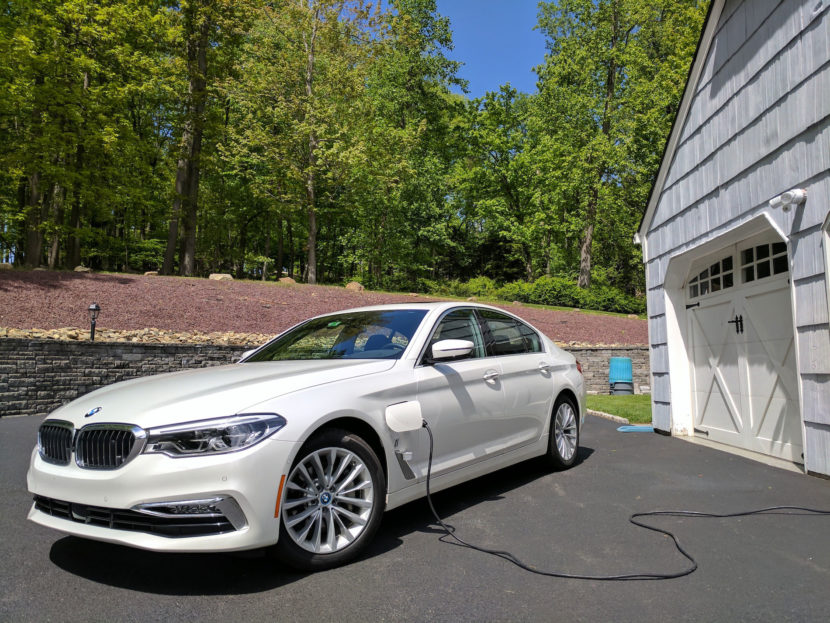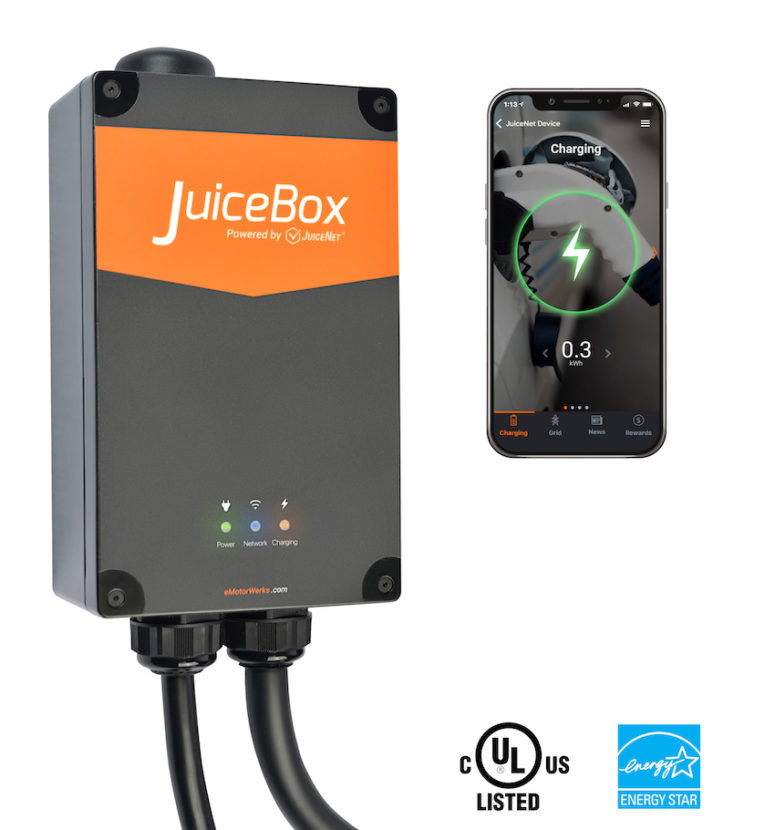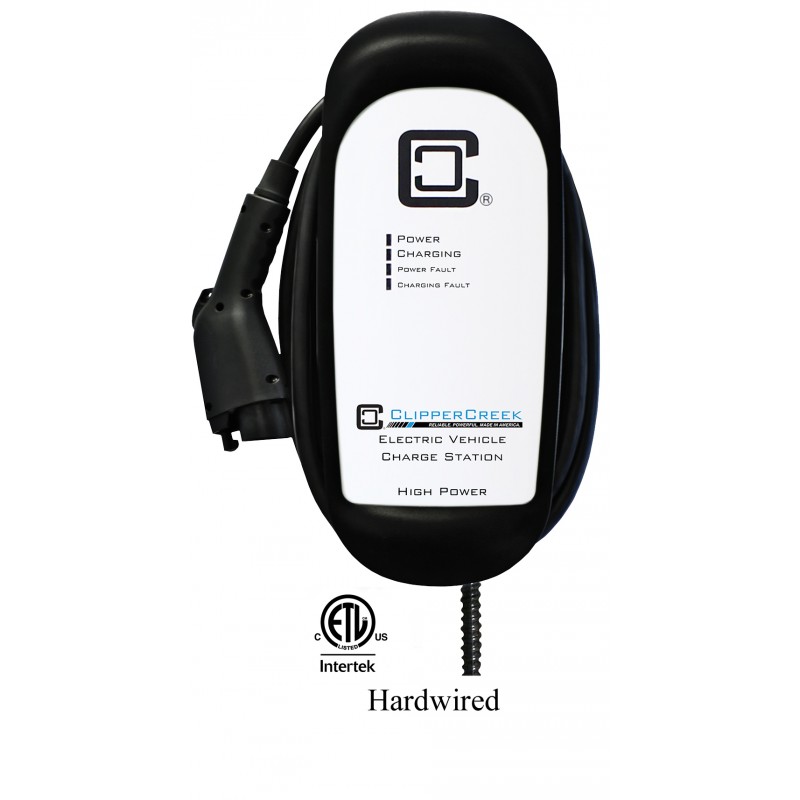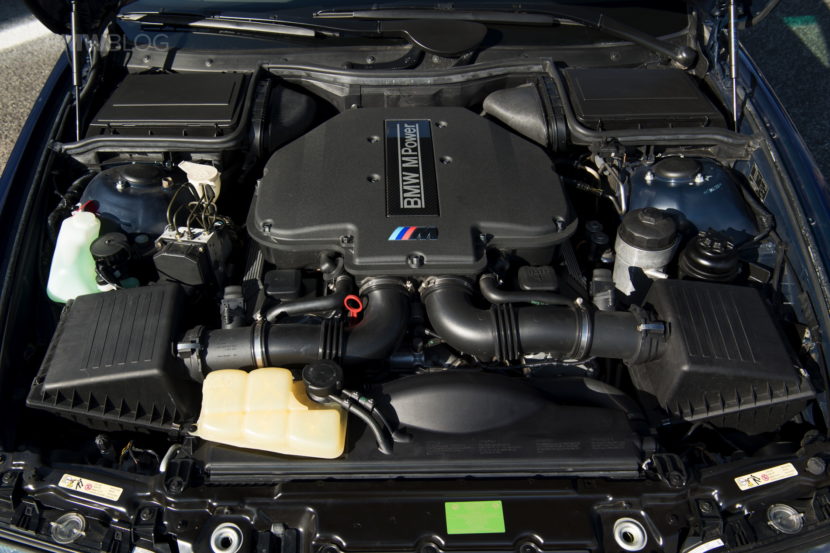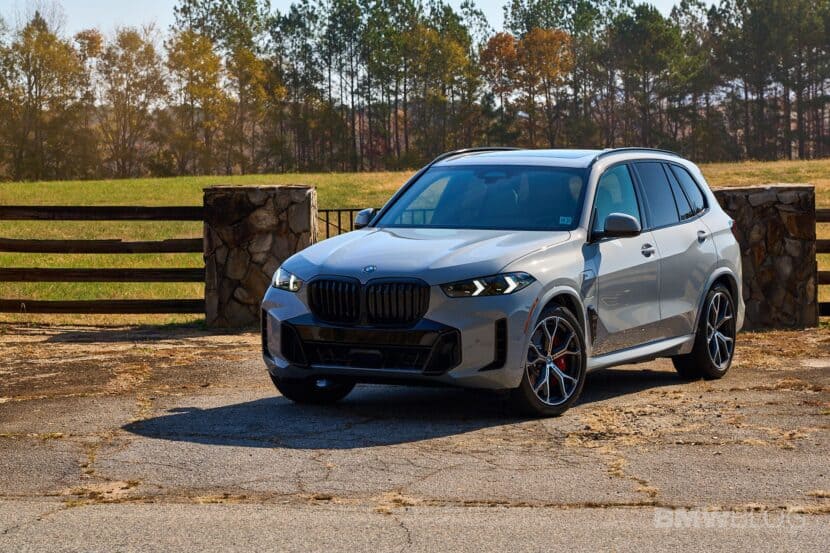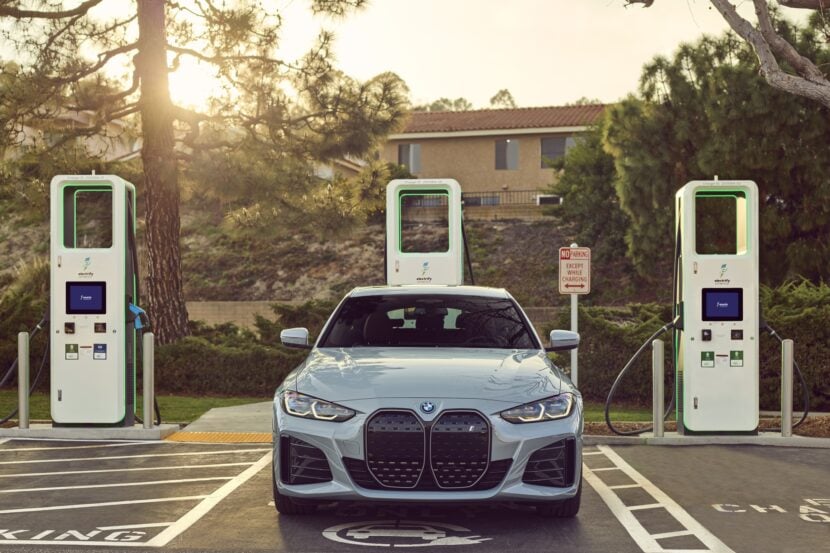We’re really past the point of debating if the automobile industry is going electric, it’s now just a matter of how long will it take. BMW is on record saying they’ll have 25 electric cars by 2025. Of those, 12 will be 100% electric, and 13 will be plug-in hybrids.
Electric cars don’t “fill up” at gas stations, they need to be plugged in and charged. Studies have shown that as much as 90% of EV charging occurs at home, and electric vehicle owners need to have electric vehicle supply equipment, or EVSE there to safely charge their cars. Although the proper term is EVSE, most people call the equipment “charging stations”, so that’s what we’ll use here to avoid confusion. Let’s take a look at some of the features and options you’ll want to consider when it’s time for you to buy a home charging station.
Levels Of Power
There are three levels of EV charging power, and each have their own use case. EV charging is typically explained in miles per hour of charging, so we’ve included that in the descriptions below.
Level 1: Level 1 charging is charging from a basic 120V household outlet. BMW includes a level 1 OCU (occasional use charger) with all of their plug-in vehicles. While charging on level 1, you’ll get 3 to 5 miles of range per hour.
Level 2: Level 2 charging is charging from a 240V source. There are level 2 chargers that range from 16 amps all the way up to 80 amps. The most common power delivery for level 2 home charging stations is between 30 amps and 40 amps. A 16 amp level 2 charger will deliver about 12 miles of range per hour, a 32 amp charging station will deliver about 25 miles of range per hour and an 80 amp charging station will deliver roughly 65 miles of range per hour.
DC fast charge (sometimes called Level 3): DC fast charge stations are high-powered commercial stations that are only found in public places. Because of the high power demand and cost, they aren’t available for home use. DC fast charge stations can charge an EV at a rate of 3 to 20 miles per minute. DC fast charge stations are used to long distance traveling, when recharging speed is critical. The new ultra high-speed charging stations just now beginning to be deployedcan deliver 250+ miles of range to an EV in under 15 minutes.
Charging at Home
As mentioned above, all BMW electric cars come standard with a 120V, level 1 charger. That may be sufficient for use if you have a plug-in hybrid, like the BMW 530e. Plug-in hybrids have much smaller batteries than full battery electric cars or “BEVs” do. The 2019 BEV BMW i3 for instance, has a 42 kWh battery. That would take around 35 hours to fully charge using a 102V level 1 charger. Also, BMW is increasing the size of the batteries in their plug-in hybrids to increase the all-electric range. So soon, even plug in hybrids may find that level 1 charging is insufficient.
Therefore, many EV owners have turned to level 2 charging at home. Level 2 charging allows you to recharge your battery 3 to 12 times as fast as you can on level 1. Even if you own a plug-in hybrid that can only accept 16 amps of power, it still may make sense to get a charging station that can deliver more power. That’s because the next electric vehicle you get will probably be fully electric BEV, as more long-range BEV options will be hitting the showrooms.
Which Charging to choose?
There’s a lot of charging station options available today. Let’s take a look at some of the features you may want to consider.
Power: As mentioned above it’s wise to not only consider the EV you drive today, but also the EV you may have tomorrow. A 2021 BMW i4 maybe? Consider buying a charging station that is powerful enough to quickly recharge an EV with a large battery. For that reason, we recommend getting a charging station that can deliver at least 32-amps, preferably 40-amps.
Safety Certified:There are a lot of companies looking to cash in on the electric vehicle wave, some of which are new to the industry and have equipment that isn’t safety certified. Avoid these products, as many of them aren’t built as well as the established brands that have had their products tested and certified. These units have short warranties, some as short as only 12 months. Look for units that have a 3-year warranty as a sign the company has confidence in their product. Saving $50 on an inferior charging station can be a costly mistake if it causes a fire one day.
Cable length:Make sure the cable on the charging station is long enough to reach wherever you park your car. We recommend getting at least 20’ of cable length.
Basic or smart? This is a big decision to make. A basic charger does just what the name implies and no more: It charges your electric car. A smart-charger charges your EV, but it can also do a lot more. Smart chargers have apps that allow the user to see data like past charging sessions, the amount of energy you’ve put into the car, the current charging rate and more. They also allow you to schedule charging sessions, remotely start or stop a session, and an even send you notifications to remind you to plug in at night. Smart chargers allow you to participate in utility demand responseprograms where you can earn money for allowing your utility to monitor your charging, and even delay the charging if the grid is under stress. These utility programs are expanding in different regions in the US and may soon be available everywhere.
Plug-in or Hardwired:Most charging stations today are available in plug-in and hardwired configurations. Hardwired units are permanently mounted to the wall, and the electrical supply is piped into the unit. Plug-in units come with a 240V plug, usually a NEMA 14-50 or NEMA 6-50. The advantage of having a plug-in unit is it’s easy to relocate if needed. If you have a summer or winter home you can install the appropriate receptacle there, and just take the charger there with you. A plug-in unit is also more convenient if you have a problem that requires the unit to be sent back for repairs or replacement.
BMWBLOG Recommendations
There are two home charging stations that we feel are currently a cut above the rest. For that reason, the eMotorWerks JuiceBox Pro 40, and the ClipperCreek HCS-40 are BMWBLOG’s Top Picks.
The Top Smart Charger
The JuiceBox Pro 40 is a smart charger and has a great smartphone app that keeps records of all of your past charging sessions. You can remotely control the charger by the app to perform functions like starting or stopping a charging session, lower or raise the amount of power the car is getting. It will tell you when the car is finished charging, and you can set up smartphone notifications for a variety of conditions. It is Amazon Alexa and Google Home compatible, and Energy Star certified. It comes in a plug-in version with a NEMA 14-50 plug, and can also be ordered as a hardwired unit. It has a standard 24’ cable and delivers up to 40-amps of power, which means your garage is future-proofed. The JuiceBox Pro 40 costs $579.00.
The Top Basic Charger
The ClipperCreek HSC-40 is the gold-standard of basic home charging stations. It’s not a smart charger, so it isn’t capable of performing the functions that the JuiceBox can, but it’s a solid unit that comes from a company that knows as much as anyone about EV charging. ClipperCreek has been making EV chargers longer than anybody else, and the HSC-40 is their most popular model. It can deliver 32-amps (the model number is 40 because it needs a 40-amp circuit, not because it delivers 40-amps). ClipperCreek chargers have a well-deserved reputation as being some of the most durable, long lasting units available, and the HCS-40 is no exception. It comes standard with a 25’ cable, and is available in either a hardwired or plug-in version. The plug-in version comes in both NEMA 14-50 & NEMA 6-50 configurations. The ClipperCreek HCS-40 costs $565.00.
Both units are safety certified, have robust 3-year warranties and come from established, well respected companies. These units are two of the best-selling electric vehicle charging stations on the market today for a good reason, they are great chargers and they are priced very reasonably. You can easily spend a couple hundred dollars more on a charging station that isn’t as good as the JuiceBox Pro 40 and ClipperCreek HCS-40.


